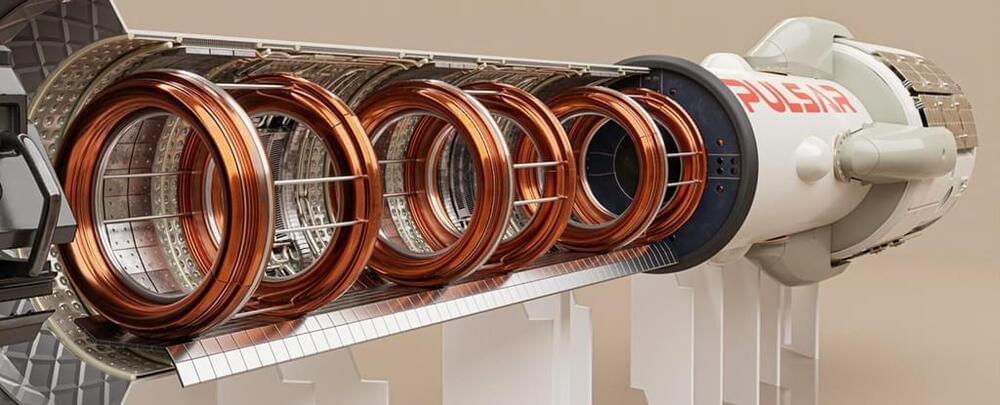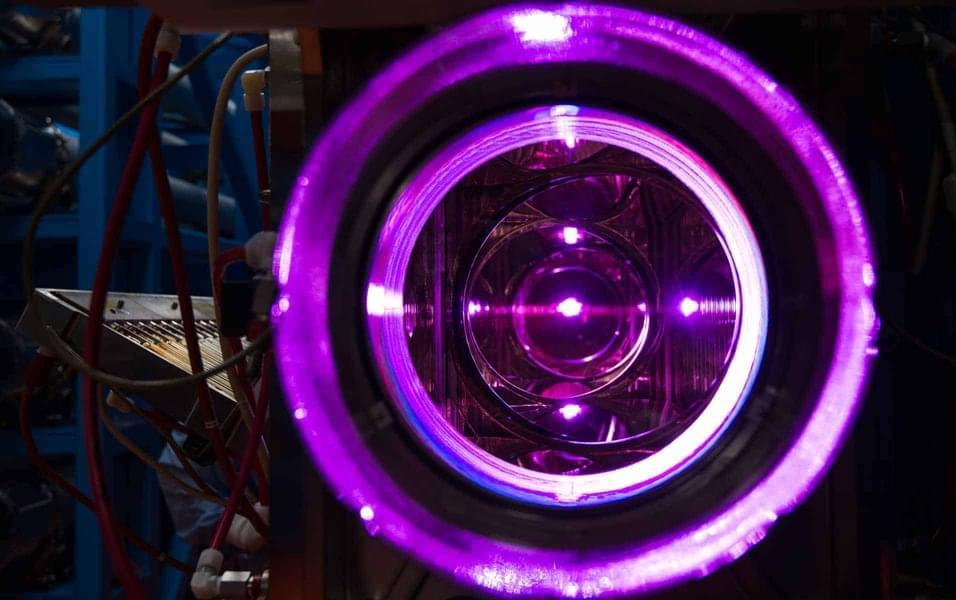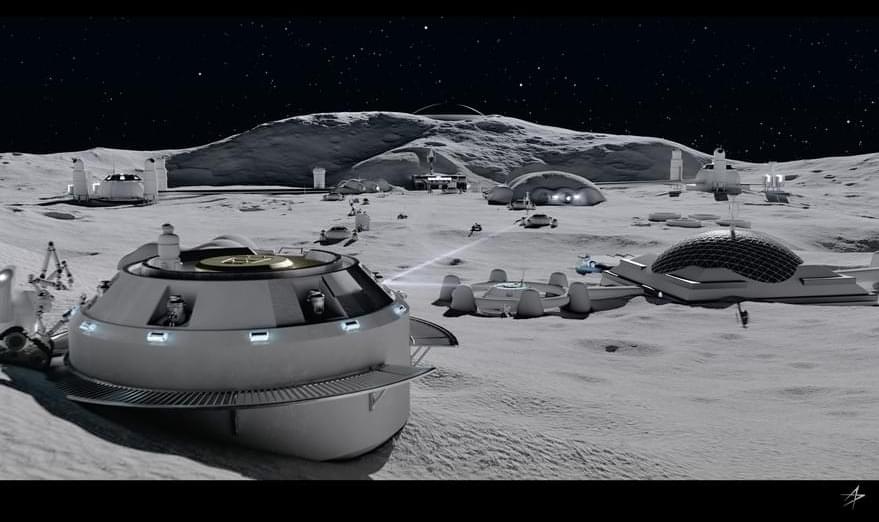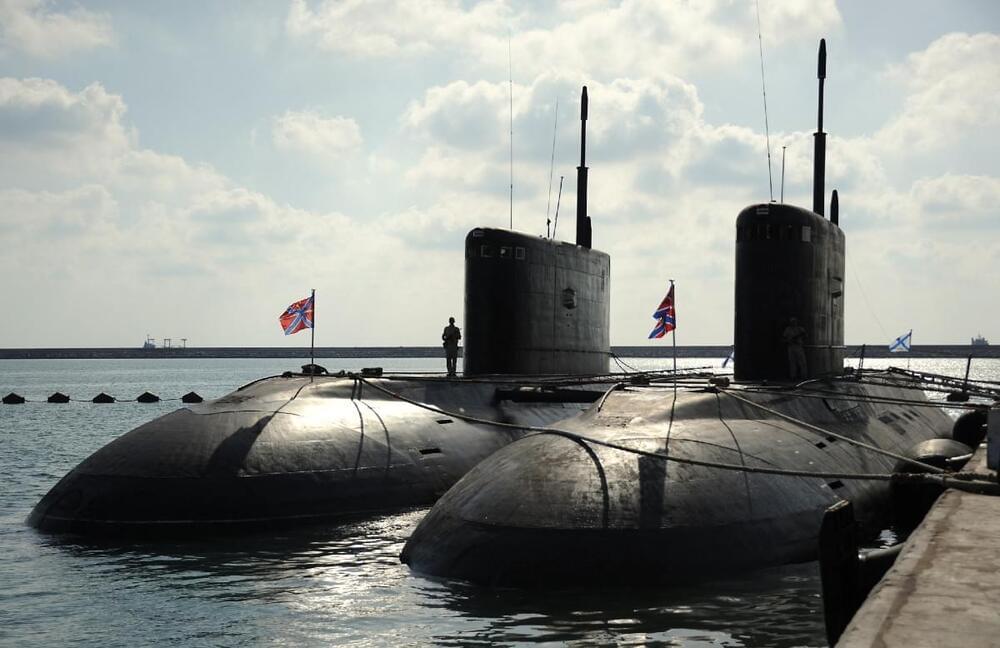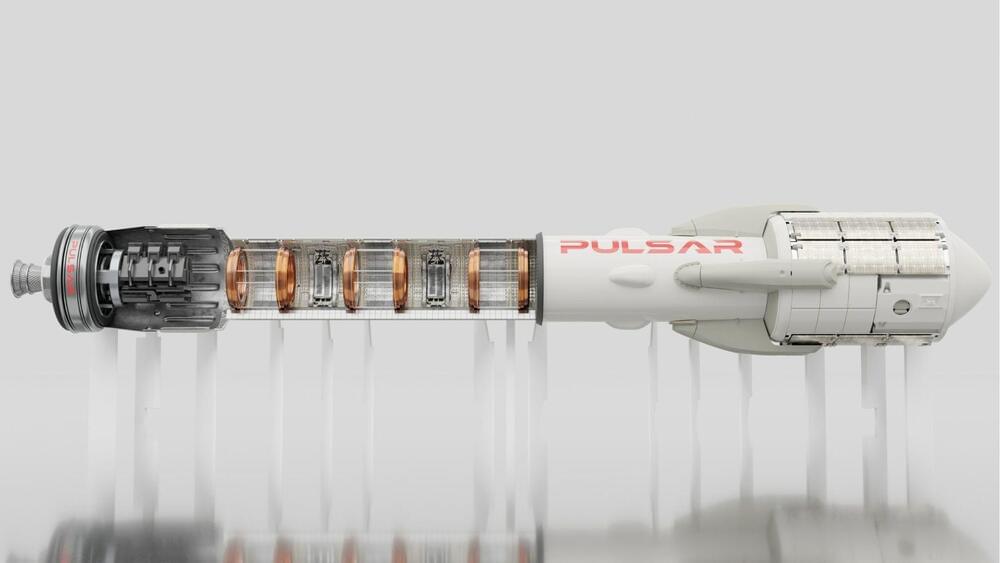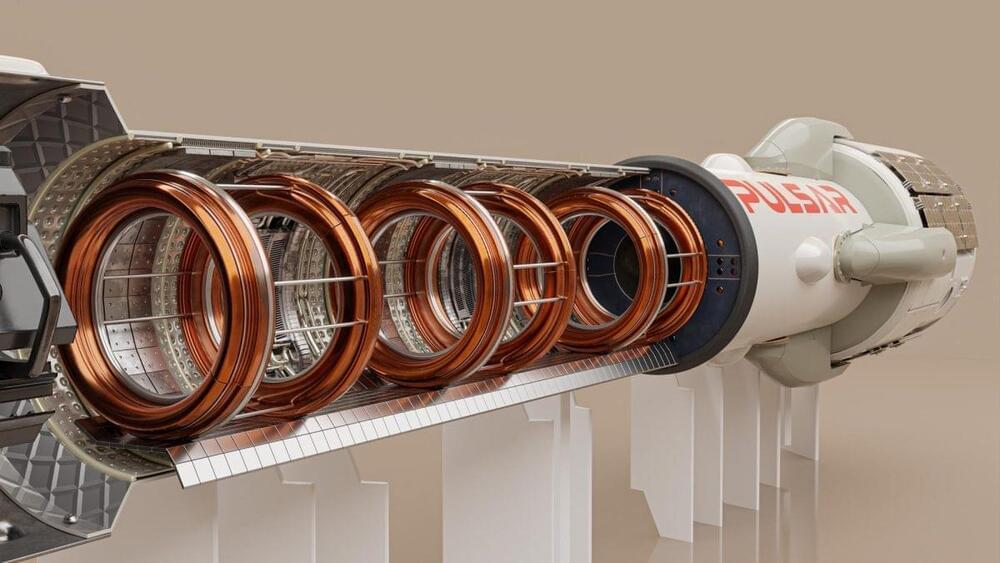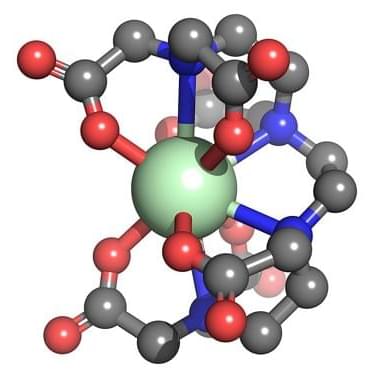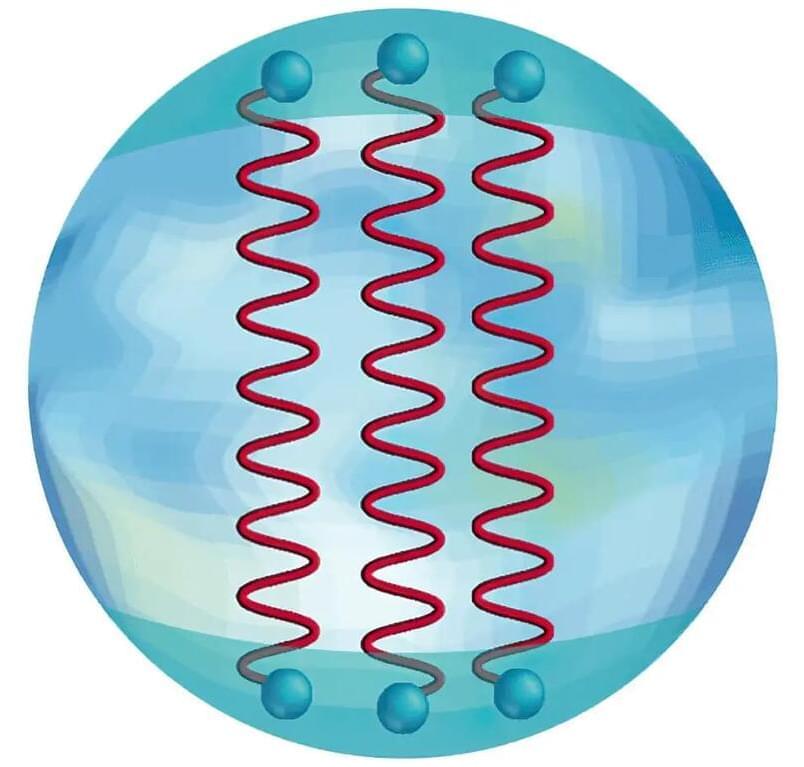
A trio of astrophysicists, two from Colgate University and the third from the University of Texas, has found evidence of dark stars courtesy of data from the James Webb Space Telescope. In their study, reported in Proceedings of the National Academy of Sciences, Cosmin Ilie, Jillian Paulin and Katherine Freese, analyzed three galaxies spotted by the JWST and how they might relate to dark stars.
Back in 2007, Freese, along with Douglas Spolyar and Paolo Gondolo, proposed the idea of a dark star —rather than nuclear fusion, these theorized dark stars are powered by dark matter. Since that time, researchers have continued to study the idea of such a star, built models to show what they might look like and derived a list of characteristics that such a star might have. In the current study, Ilie, Paulin and Freese have found three candidates in Webb data that fit the bill.
Dark stars, the team suggests, likely could have been born during the early days of the universe—like other stars, they would have been made mostly of helium and hydrogen. But they would also contain dark matter—enough to provide a heat source. Such stars would not then be lit by nuclear fusion. If such stars did exist, they would be much larger than other types of stars that have been observed—so large that they might look like galaxies from Earth-based telescopes.
